Light red meranti is a tropical rainforest species found throughout South East Asia and the South West Pacific, where it is used for decorative purposes.
Perawan, Meranti Bunga, Binatoh (Sarawak), Borneo Cedar, Light Red Seraya, Seraya Majau (Sabah), Meranti Merah (Indonesia), Meranti Bakau (Malaysia), Saya (Thailand), Damar (Borneo), Alan Bunga (Sarawak), Almon (Philippines), Shorea albida, Shorea leptoclados, Shorea rugosa, Shorea acuminata, Shorea leprosul, Shorea macroptera, Shorea ovalis, Shorea parvifolia, Shorea smithiana, Shorea quadrinervis
Shorea argenifolia
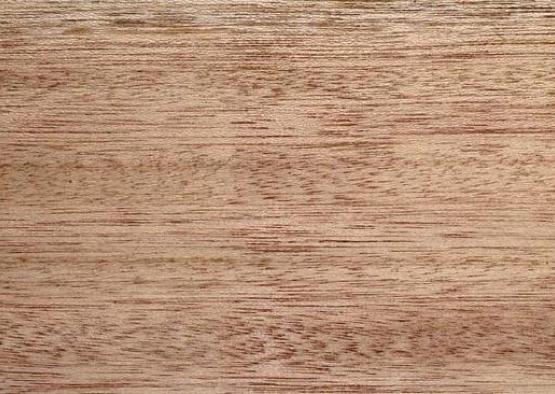
Light red meranti is a tropical rainforest species found throughout South East Asia and the South West Pacific islands, including the Philippines, Indonesia, and east Malaysia. In Australia, light red meranti is marketed simply as meranti, or can be found under the names Borneo cedar, seraya, lauan, and Philippine mahogany.
The timber's heartwood ranges from pink to pinkish-brown. The sapwood is sometimes lighter than the heartwood, but differentiation cannot always be made. The grain is moderately coarse but even in texture with quarter sawn material sometimes displaying an attractive ribbon figure. Growth rings are absent and rays are medium to fine.
Light red meranti is a softer wood and not resistant to termites. It can be dried using conventional methods and bonded using standard procedures. While the sapwood readily accepts preservatives, penetration of heartwood is insignificant using current commercial processes. The timber can be painted, stained, or polished but the open grain means surfaces should be filled before finishing. This species also machines well to a smooth surface and takes standard fittings and fastenings easily.
Light red meranti is commonly used for decorative applications including paneling, flooring, joinery, mouldings, plywood and turnery. It is regularly sought after for furniture and carving as well.
Shrinkage
| Very Low | Low | Medium | High | Very High | |
|---|---|---|---|---|---|

|

|

|
|||
Tangential : |
5.10%
|
||||
Radial : |
2.80%
|
||||
Unit Movement Tangential: |
0.28%
|
||||
Unit Movement Radial: |
0.15%
|
Strength Group

Very High |
High |
Reasonably High |
Medium High |
Medium |
Reasonably Low |
Low |
Very Low |
||
Unseasoned: |
S1 |
S2 |
S3 |
S4 |
S5 |
S6 |
S7 |
S8 |
|
|---|---|---|---|---|---|---|---|---|---|
 |
|||||||||
Seasoned: |
SD1 |
SD2 |
SD3 |
SD4 |
SD5 |
SD6 |
SD7 |
SD8 |
|
 |
Stress Grade

| Structural No. 1 |
Structural No. 2 |
Structural No. 3 |
Structural No. 4 |
Structural No. 5 |
|
Unseasoned: |
F8 |
F7 |
F5 |
F4 |
|
Seasoned: |
F11 |
F8 |
F7 |
F5 |
F4 |
Density per Standard

Seasoned: |
400kg/m3
|
|---|---|
Unseasoned: |
Joint Group

Very High |
High |
Reasonably High |
Medium |
Low |
Very Low |
|
Unseasoned: |
J1 |
J2 |
J3 |
J4 |
J5 |
J6 |
|---|---|---|---|---|---|---|
 |
||||||
Seasoned: |
JD1 |
JD2 |
JD3 |
JD4 |
JD5 |
JD6 |
 |
Colour

| White, yellow, pale straw to light brown | Pink to pink brown | Light to dark red | Brown, chocolate, mottled or streaky | |
 |
||||
Mechanical Properties
Modulus of Rupture - Unseasoned: |
46
|
|---|---|
Modulus of Rupture - Seasoned: |
66
|
Modulus of Elasticity - Unseasoned: |
7
|
Modulus of Elasticity - Seasoned: |
9
|
Maximum Crushing Strength - Unseasoned:  |
23
|
Maximum Crushing Strength - Seasoned: |
41
|
Impact - Unseasoned: |
|
Impact - Seasoned: |
|
Toughness - Unseasoned: |
|
Toughness - Seasoned: |
|
Hardness - Unseasoned: |
2
|
Hardness - Seasoned: |
2
|
Durability
| Low | Moderate | Reasonably High | High | |
| (0 - 5 yrs) | (5 - 15 yrs) | (15 - 25 yrs) | (more than 25 yrs) | |
In-Ground: |
 |
|||
| (0 - 7 yrs) | (7 - 15 yrs) | (15 - 40 yrs) | (More than 40 yrs) | |
Above ground: |
 |
|||
| (0 - 20 yrs, usually < 5) | (21 - 40 yrs) | (41 - 64 yrs) | (More than 60 yrs) | |
Marine Borer Resistance: |
 |
Lyctid Borer Susceptibility: |
Susceptible |
|---|---|
Lyctid Borer Susceptibility - Other: |
|
Termite Resistance: |
Not Resistant
|
Fire Properties
| 0 | 1 | 2 | 3 | 4 | 5 | 6 | 7 | 8 | 9 | 10 | 11 | 12 | 13 | 14 | 15 | 16 | 17 | 18 | 19 | 20 | |
EFH Ignitibility: |
| 0 | 1 | 2 | 3 | 4 | 5 | 6 | 7 | 8 | 9 | 10 | |
EFH Spread-of-Flame Index: |
|||||||||||
EFH Smoke-Developed Index: |
Light red meranti heartwood ranges from pink to pinkish-brown. The sapwood is sometimes lighter than the heartwood, but often it is difficult to distinguish it as separate. The grain is moderately coarse but even in texture with quarter sawn material sometimes displaying an attractive ribbon figure. Growth rings are absent and rays are medium to fine.
Light red meranti is commonly used for decorative applications including panelling, flooring, joinery, mouldings, plywood and turnery. It is regularly sought after for furniture and carving.
Light red meranti can be dried using conventional methods and bonded using standard procedures. While the sapwood readily accepts preservative impregnation, heartwood penetration is negligible. This timber can be painted, stained or polished but its open grain means surfaces should be filled before finishing. It also machines well to a smooth surface and takes standard fittings and fastenings easily.
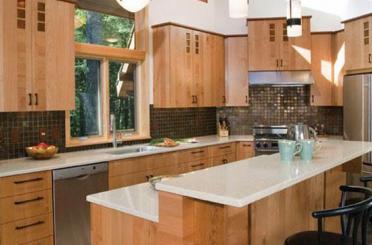
Joinery
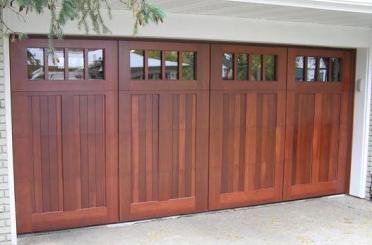
Doors
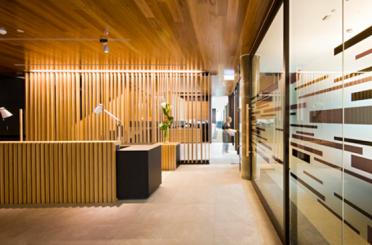
Panelling, Interior
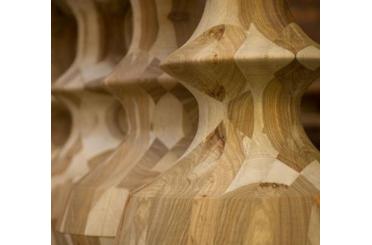
Mouldings
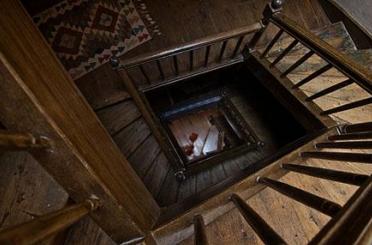
Rails and Balustrades, Interior
Allied Forest Products

Allmat Timber
Dekhar Outdoors
Franz Building Supplies

Garde Timber Pty Ltd

Kohlen Doors

Meyer Timber Pty. Ltd.

Porta

Ridgewood Timber Pty Ltd

Simmonds




